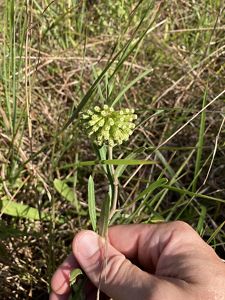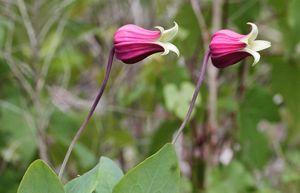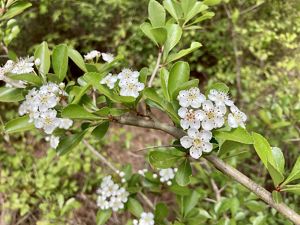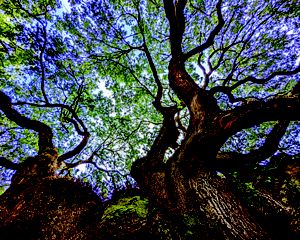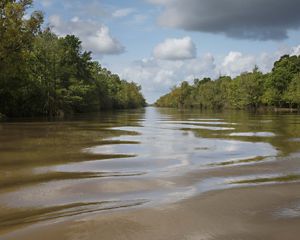Description
The Nature Conservancy's Copenhagen Hills Preserve is one of the most ecologically important areas in Louisiana and is, without question, one of the most significant botanical sites in the state. Primarily, this is due to a unique geologic formation created from marine sediment deposited here during the Eocene-era (~35-55 million years ago) when a shallow sea covered much of southern Louisiana. The landscape, known as the Jackson Formation, is high in calcium and therefore relatively high in pH (whereas the majority of Louisiana's soils are acidic).
This is an environment harbors calcareous soils, in combination with high clay content, known to preserve fossilized oyster and clam shells, shark teeth and even bones of ancient whales. These unique soils support rare plants, some found only in Louisiana. Of particular interest is an extensive outcropping that boasts a rich assortment of rare calciphilic plants that together create "prairies on top of hills." Because of the nature of the site, it is highly likely that other rare species are present that are yet undiscovered.
Copenhagen Hills is also exceptionally rich in native woody plants. Inventories by the Louisiana Natural Heritage Program of the Louisiana Department of Wildlife and Fisheries indicate that Copenhagen may support more native woody plant species per square mile than any other area in Louisiana, and may rival or exceed any area in the continental U.S. outside of tropical Florida, at that scale.
Conserving this property is focused on restoring the historic structure, composition, functional processes and geographic extent of all associated natural communities, with an emphasis on rare calcareous prairies and woodlands. The Nature Conservancy is working to restore the prairies and historically open surrounding woodlands by reducing the off-site tree component, applying prescribed fires and removing of off-site trees and shrubs within prairies.

